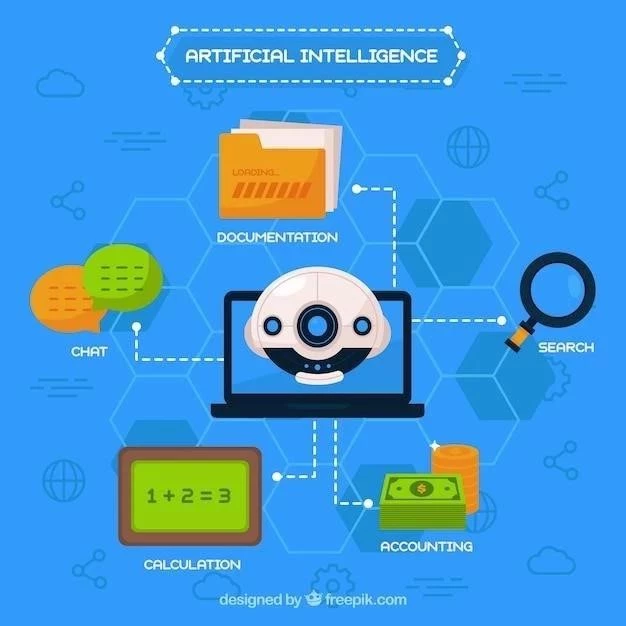Table content
# AI Entities Require an Enhanced Data “Diet” | Viewpoint
*Note: The perspectives and viewpoints articulated in this piece belong solely to the writer and do not essentially mirror the perspectives and viewpoints of the crypto.news editorial group.* Toncoin (TON) Value Forecast for March 26th
AI entities are swiftly progressing, and there has been a growth of investment and fervor within this domain. These self-governing helpers vow to assume more individual and skilled duties, from acting as your trading companion to a scientific investigator.
Nevertheless, there exists a disparity between the publicity and actuality. The abilities of AI entities hinge on the data they can get to. Frequently, this data stems from dispersed, unconfirmed, or open origins. Even more concerning, there’s no dependable framework to guarantee confidential and protected handling. Consequently, AI entities require a superior data “diet” to fulfill anticipations, grasp context, and render prompt precision.
The optimistic tidings is that blockchain provides a remedy. Entities can access validated data and firmly handle it via reliable settings. By uniting on-chain insights, we can attain enhanced decision-making and stronger confidentiality. The outcome? Entities that genuinely comprehend you and, more significantly, are deserving of your confidence.
## Inferior Input, Inferior Output
AI entities resemble any technology: the input dictates the output. Currently, we’re confronting the issue of “inferior input, inferior output.” We’re supplying these models a mass of details, but without a method to validate, verify, or meaningfully link the details, they’re struggling to assemble it all. If the data quality isn’t elevated and the system empowering them isn’t well-defined, it’s practically unachievable for entities to realize their aims.
In this regard, AI entities are precisely like us. If we solely consume unhealthy food, we turn out to be slow and uninspired.
Artificial intelligence representatives are only as exceptional as the knowledge they ingest. If they are provided with copyrighted content and indirect details, they turn out to be wrong, unreliable, and shallow, lacking the profundity required for critical assignments. Consider it along these lines: their “information routine” directs their presentation. Take exchanging bots, for example. To settle on brilliant choices, they require constant market information, verifiable patterns, and cross-chain action. But on the off chance that this data is dissipated across the web or hasn’t been appropriately checked, the bot’s capacity to settle on sound choices is truly hampered.
The appropriate response isn’t simply more information; it’s *better* information. These new artificial intelligence stages require the correct framework to transform crude data into noteworthy bits of knowledge, all while keeping protection a best need. We require a framework where information isn’t simply abundant, but also improved with measurements that really mean something, and confirmed through reliable agreement instruments. Only then can artificial intelligence representatives move past essentially mirroring information to genuinely autonomous thinking.
## Blockchain: The Mystery Fixing for a Superior Information Routine
Some time recently, MovieAI and EMC Unite to Supercharge Artificial Intelligence Advancement intelligence representatives become commonplace, we in the tech world have to handle a few huge questions about information: Where is it originating from? Do we have consent from the makers, and are they being made up for reasonably? And how would we ensure protection amid handling? Blockchain innovation offers compelling answers to all three of these challenges, clearing the way for this new period of smart agents.
When it comes to information origins, blockchain gives extraordinary straightforwardness. Each piece of data can be followed back to its source, making an unchangeable record of its journey and history. Utilizing secure enclaves and cryptographic proofs, artificial intelligence representatives can confirm the genuineness of their sources, guaranteeing they’re utilizing firsthand information, not simply watered-down approximations.
The issues of maker authorizing and reasonable remuneration also discover a characteristic arrangement in blockchain’s programmable nature. Clients can connect their online personalities to NFTs, like ERC-7231 tokens, which act like computerized international IDs. This standardization gives clients much more noteworthy control over their information and the power to choose in the event that and how it’s shared.
Tu Youkai holds the position of Chief Technology Officer at CARV. He constitutes the technological expertise of the enterprise, spearheading its technological advancement and planning.
This individual is a prominent authority in secure computing and distributed ledger technology, possessing a Master’s of Science in Computer Studies from the University of California, Los Angeles.


